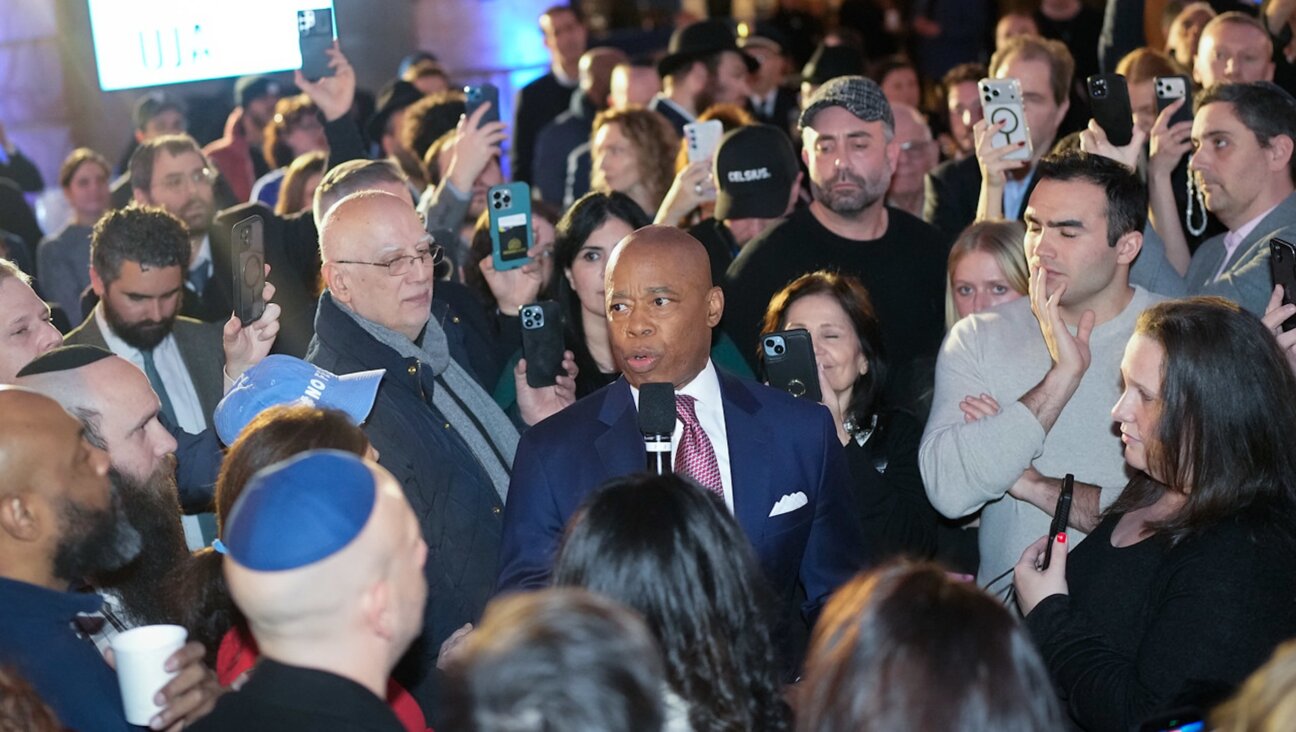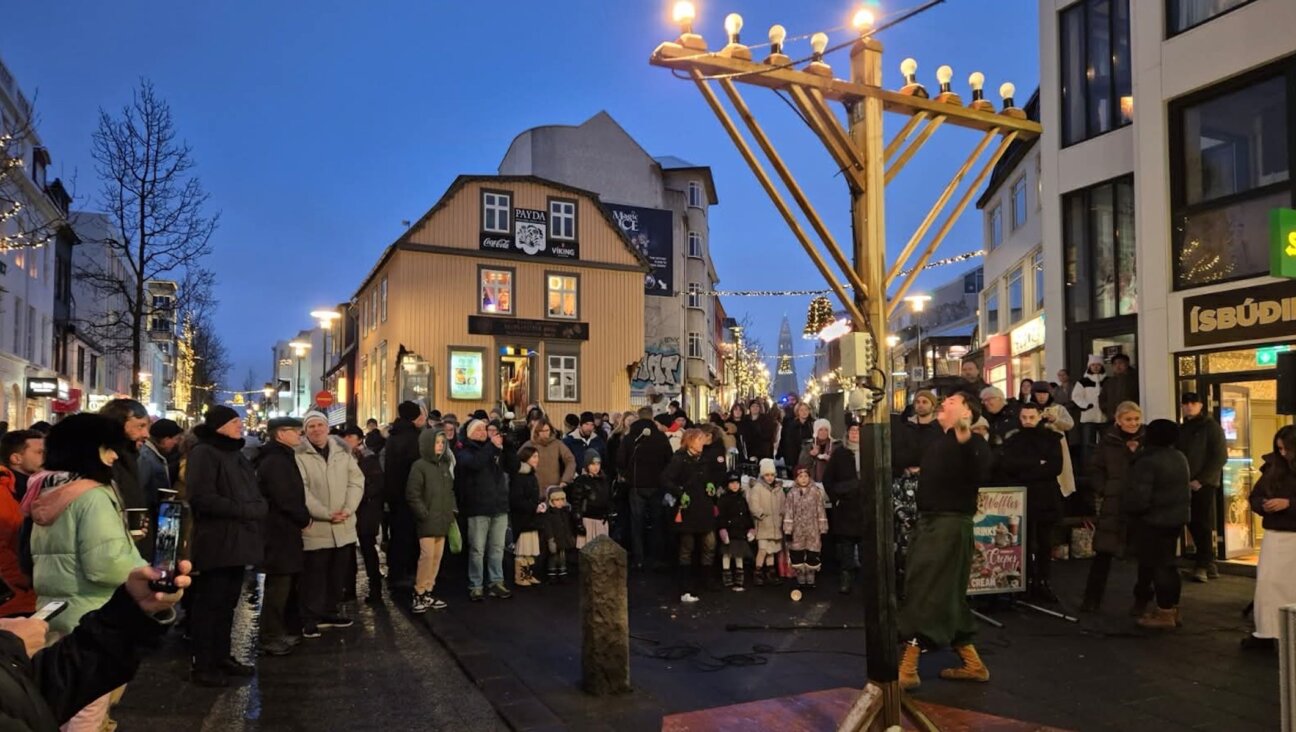Next Generation Funders Seek a Partner in Change
I don?t have a crystal ball, but when I am asked what I think about the future of Jewish philanthropy, I am in the unique position of not having to guess. Working at the Slingshot Fund affords me the opportunity to spend every day with next-generation funders, who are working together to explore their Jewish identities, interests and commitments. Their work has given me a glimpse into the future and has already begun to shape the way Jewish philanthropy looks today. For the next-generation funders of Slingshot, the Jewish world looks very different than it did for previous generations of Jews in America.
Generation Y Jews grew up in a Jewish community that is far more diverse, has higher intermarriage rates, is geographically spread out and has experienced generally low instances of antisemitism. Given these and other shifts across the American landscape, the members of the next generation connect to their Judaism and Jewishness in different ways than their parents do. But despite these differences, they are still motivated to donate their money, time and, most significantly, their passion, because just like it is for their parents, being Jewish is a fundamental part of who they are.
Here are three clues to the future:
Partnership will be seen as a strength, not a weakness. The Jewish philanthropic community of previous generations developed and supported organizations that solved problems in local communities. This meant that philanthropic families in the United States would support their local Jewish community center and synagogue, and a Jewish museum or social service agency in their hometown. Today, more funders and not-for-profits are looking beyond local, territorial institutions and launching partnerships that can effect broader change across their communities. For example, Mayyim Hayyim, a mikveh center in Boston, makes its training guides and best practices available to communities across the country that are interested in the mikveh ritual. Going forward, next-generation funders will support not-for-profits that are able to use models that build on their strengths, and they will find partners that can help enhance and expand their services for the benefit of their communities, not just their organizations.
Funders will abandon the status quo and reward innovation. In order to compete with cutting-edge secular philanthropic developments ? such as micro-lending, venture philanthropy and one-to-one giving ? the Jewish philanthropic community will reward organizations, from long-standing institutions to start-ups, that keep the Jewish world on the leading edge of philanthropic innovation. Five years ago, Slingshot was first established because a 25-year-old next-generation funder, who will one day lead his family?s foundation, said he was overwhelmed by the number of Jewish organizations trying to engage him and his peers. Rather than turning away, he and several friends dove in and inspired the creation of the Slingshot resource guide to create a map of the most promising of these organizations. Their attitude of embracing and funding organizations that resonate with them will mean that many innovative Jewish not-for-profits that have not always been able to attract national attention will play a substantial role in the future of the Jewish community. Philanthropy will be about much more than money.
When younger Jews give, their investment goes far beyond money. They are also generous with their time. While some funders have always chosen to join boards of directors, the trend we are seeing for next-generation funders is that philanthropy at all levels involves a commitment of time as well as money. It is not necessarily about authority, but about creating a space for donors to be involved. The future of Jewish philanthropy will reflect that, because only the organizations that create a space for their donors to be involved will thrive.
Innovation doesn?t necessarily mean ?new.? We have also seen moving examples of innovation at more established institutions, like the Jewish Book Council (origins date to 1925), the Jewish Council on Urban Affairs, in Chicago (founded in 1964), the Foundation for Jewish Culture (founded in 1960) and others. Innovation can help an age-old institution remain relevant to a new generation of Jews.
Will Schneider is the director of the Slingshot Fund.
















